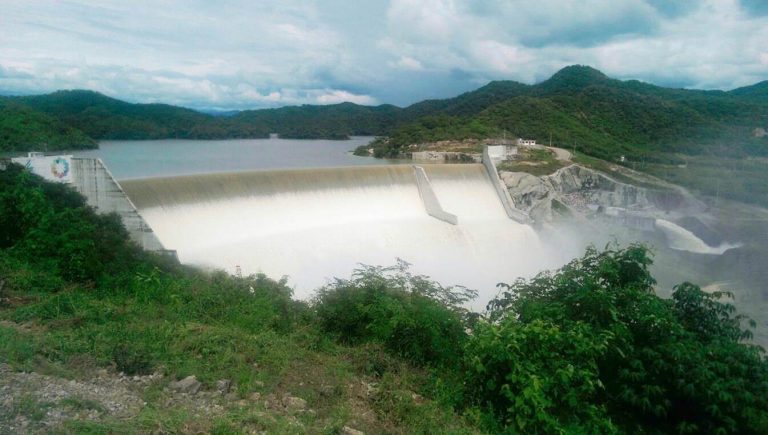Jute is a versatile fibre. Jute is a truly versatile fibre gifted to man by nature .One of the most valuable natural resources of India. With the growing concern over the damage to the environment that plastic may cause in manier fields, jute has served to be the best alternative. As a natural fibre, it has many advantages over synthetics. Jute handicrafts of India have created a niche the world over. Jute has been recognized as environmentaly friendly as it is biodegradable which merge with the soil after sustained use providing nourishment to the soil.
Traditional jute products occupy a dominant share in both the production and exports. Over all it is seen that this marvelous fiber is cultivated almost exclusively in developing countries of East Asia and in some parts of Latin America. Bangladesh, India and Thailand account for over 90 percent of world production. Jute constitutes a low proportion of the value of world trade, but its cultivation and processing is labor-intensive and therefore provides a livelihood and an important source of food security for many farmers and their families in Asia. Jute Export Scenario India share this site is the world’s largest producer of raw jute. It alone produces world’s 50% of raw jute and 40% of finished jute goods. It is said that employment of approximately 40 million farmers and 0.2 million-factory workers in India depends upon this golden fibber. Approximately total number of jute mills in India is 73 out of which 59 of them are in West Bengal. West Bengal is the largest Jute producing state in the country accounting for 71% of the production.
The states of Bizarre and Assume rank second and third respectively. Jute, the ‘golden fiber’ has traditionally been woven and knotted and braided by more information women of Bengal, often for domestic storage too. Today Bengal is a major producer of jute goods ranging from plush jute-blended carpets, to decorative tapestries, garden pot hangings, decorative handbags, bedspreads and more. In 50 villages of the Kaliaganj area in West Dinajpur, the process of coloring, weaving of jute on single looms goes on, as the world outside turns once again to this wonderful natural fiber. Assuming that weather conditions and yield of jute follow their normal patterns, world production of jute is projected at 2.4 million tones by 2010. India is projected to increase its dominance of global jute production, accounting for 66 percent of the world production by 2010, compared to 58 percent in the past. Export trend as seen by experts reveals that USA, Belgium, Syria, and UK, TURKEY had been the five major importing countries for Indian Jute Goods which accounted for about 51% of total value of Jute Goods. Other five major countries importing jute from India were Japan, Egypt, Netherlands, Saudi Arabia, and Germany, which accounts for 18% of total value of exports. China’s strengthening import demand will also enhance the export trade activities which otherwise would have declined.
China’s demand for jute is said to balance the demand for jute which otherwise was said to decline with the fast decline in consumption and import demand by Pakistan, a traditional importer of fibber. Not only that but due to Chinese demand world market is expected to increase the proportion of jute traded, from 36 percent of total world production to 39 percent by 2010. Bangladesh is expected to remain the largest net exporting country accounting for over 75 percent of world trade in aggregated jute fibber and goods. Net exports from India, the second largest net exporting country, are expected to remain stable at approximately 185 000 tones. Sacking and carpet backing are likely to be the main jute products exported. Exports of fibber are projected to remain at around 250 000 tones. Government promotions for Jute sector our government has also recognized the fact that this important sector of the economy has not been given its due importance in the recent past. However the Indian government is seen playing its active role in carrying out supportive measures to further enhance the exports trade market.
It is said to carry out research and development; technology upgradation; creation of infrastructure for storage and marketing of raw jute and product and market development activities for jute and diversified jute products. Jute Manufacturers Development Council (JMDC) supported by its three branch offices provides direct assistance and marketing through its showrooms, regular exhibitions-cum-sales all over the country and abroad and also by organizing domestic workshops and seminars. It also organizes demonstrations and training programs for farmers in improved agriculture practices. The Jute Corporation of India provides the farmers just prices for their crops through price support operations in the event of farmers getting the prices below minimum support price. At times it also takes commercial purchase of raw jute for jute mills, directly from farmers or through jute cooperatives. It also plans to Increase exports through innovative marketing strategies and improvement of product design and quality consciousness in the jute industry and also by developing infrastructure facilities in the predominantly textile and apparel export oriented areas in close co-operation with Financial Institutions and the private sector. The Government’s effort with UNDP to develop jute sector mainly through diversification of jute products seem to have paid off and the jute industry has taken off to transform itself from the once sunset industry into sunrise industry.








